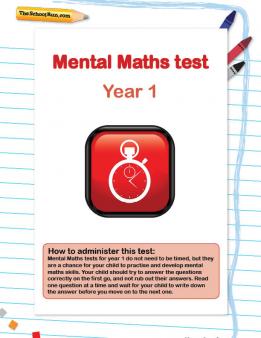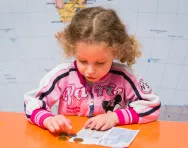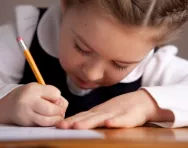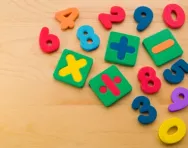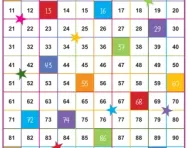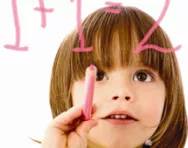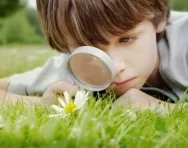TheSchoolRun.com closure date
As we informed you a few months ago, TheSchoolRun has had to make the difficult decision to close due to financial pressures and the company has now ceased trading. We had hoped to keep our content available through a partnership with another educational provider, but this provider has since withdrawn from the agreement.
As a result, we now have to permanently close TheSchoolRun.com. However, to give subscribers time to download any content they’d like to keep, we will keep the website open until 31st July 2025. After this date, the site will be taken down and there will be no further access to any resources. We strongly encourage you to download and save any resources you think you may want to use in the future.
In particular, we suggest downloading:
- Learning packs
- All the worksheets from the 11+ programme, if you are following this with your child
- Complete Learning Journey programmes (the packs below include all 40 worksheets for each programme)
You should already have received 16 primary school eBooks (worth £108.84) to download and keep. If you haven’t received these, please contact us at [email protected] before 31st July 2025, and we will send them to you.
We are very sorry that there is no way to continue offering access to resources and sincerely apologise for the inconvenience caused.
Year 1 maths: what your child learns
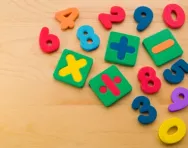
During KS1, it’s important for your child to get to grips with maths in a very practical, hands-on way.
Working individually, as a class and in groups, they will be investigating, counting, playing number games and using everyday objects to help them solve problems and do simple calculations.
As they start to become more familiar with the language used in maths, they will be encouraged to talk about their methods for solving problems and presenting their results.
The maths your child will be doing at school can easily be practised at home – you don’t need to be an expert – and it will really help them to learn.
As well as doing maths informally at home, you may also have maths homework, which will probably be a simple worksheet, reinforcing the work they have been doing in class that week.
Year 1 maths – your child will be:
Number and place value
- Counting up to 100 forwards and backwards
- Reading and writing numbers up to 100
- Reading and writing numbers up to 20 in words
- Counting on and back in twos, fives and tens
- Using a number line to put numbers in the correct order
- Recognising patterns in numbers
- Recognising odd and even numbers
- Estimating amounts of objects and then counting to check


Start the Year 1 Learning Programme!
- Weekly maths & English worksheets delivered to your dashboard
- Follows the National Curriculum
- Keeps your child's learning on track
Calculating
- Learning simple addition and subtraction
- Recognising mathematical words and symbols
- Using money – paying and giving change
- Learning which pairs of numbers add up to 20 (number bonds)
- Doubling and halving
- Finding a quarter of a quantity
- Working out multiplication and division questions using objects to group or share out
Measuring
- Telling the time to the hour and half hour
- Putting the days of the week and months of the year in order
- Measuring length, weight and capacity and comparing these measurements
Geometry
- Recognising, naming and describing common 2D and 3D shapes
- Using shapes to make patterns, models and pictures
- Describing whole, half, quarter and three-quarter turns
Try this at home
- Play games: a simple board game such as snakes and ladders gives your child valuable practice in counting on. Dominoes are also good for counting spots and matching numbers
- Sort things out: if you have a box of beads, sort them by size or colour
- Look for numbers when you go out – look on houses, buses, road signs
- Ask your child to set the table: they’ll have to count the settings and work out how much cutlery is needed
- Get cooking: children love to weigh out the ingredients and check the timer
Browse through our Year 1 maths worksheets (including our Y1 mental maths mini-test) and try some teachers' tricks for helping your child with KS1 maths concepts at home.
Check your Y1 child's progress in maths with our free Y1 maths Progress checks, three mini-tests for autumn, spring and summer term.

